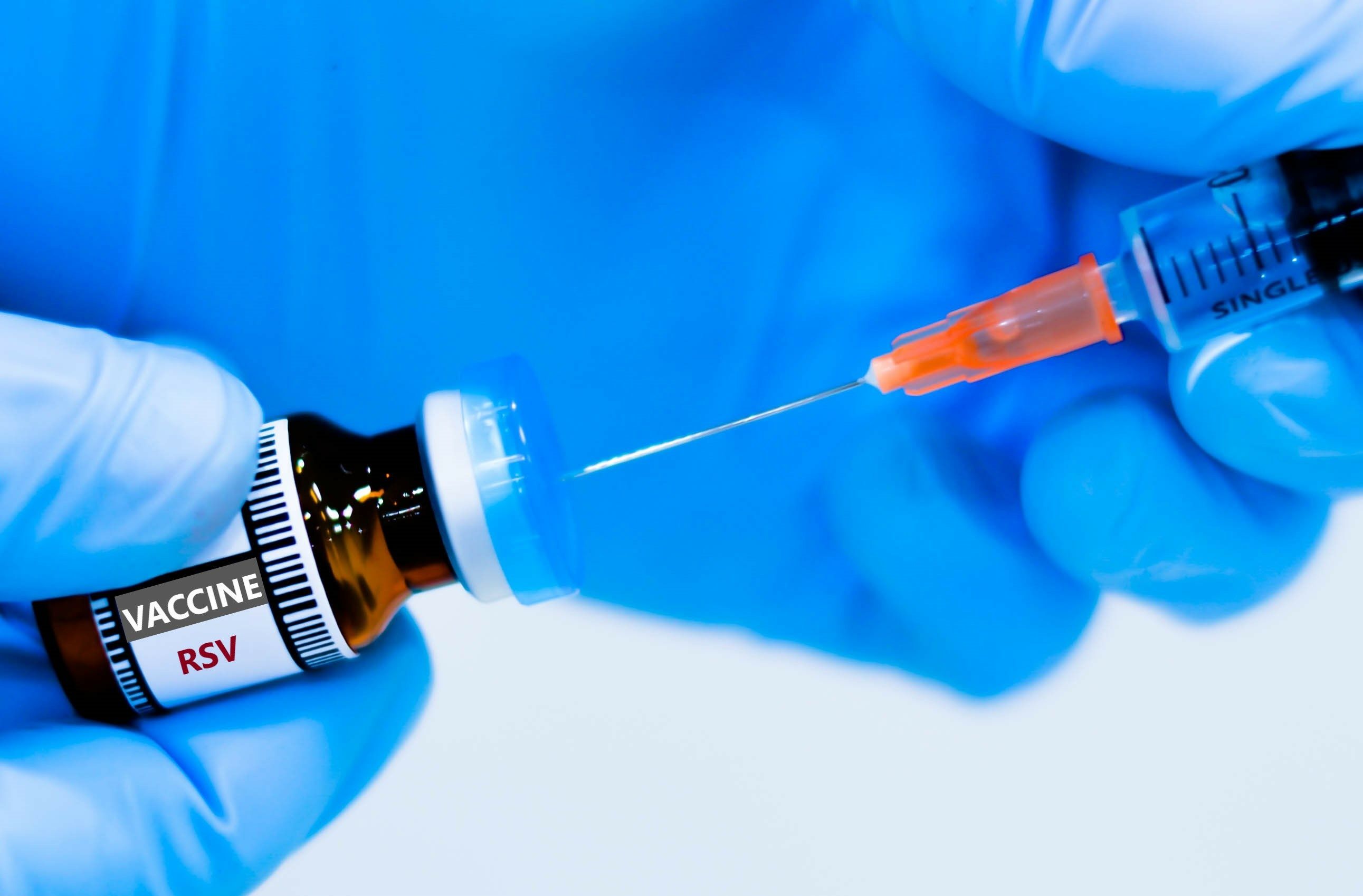News
Article
FDA Approves PD-L1 IHC 22C3 to Identify Gastric or Gastroesophageal Junction Adenocarcinoma
Author(s):
The approval marks the sixth cancer type PD-L1 IHC 22C3 pharmDx has been granted, and the first for GEJ
The FDA has approved the use of programmed death-ligand 1 (PD-L1) IHC 22C3 pharmDx (Agilent), a tool that helps identify individuals with gastric or gastroesophageal junction (GEJ) adenocarcinoma. The diagnostic tool will allow health care professionals to deem if the patient is eligible to be treated with pembrolizumab (Keytruda, Merck) in combination with chemotherapy and trastuzumab with fluoropyrimidine.1
Image credit: David A Litman | stock.adobe.com

“PD-L1 expression is a critical biomarker for response to anti-PD-1 therapies such as Keytruda,” said Lou Welebob, vice president and general manager of Agilent’s Pathology Division, in a press release.1
The PD-L1 IHC 22C3 pharmDx was reported to deliver high specificity and sensitivity. It is a qualitative immunohistochemical assay that used monoclonal mouse anti-PD-L1, Clone 22C3 to detect PD-L1 proteins in types of cancer. More specifically, the 22C3 binds to PD-L1 on the cell membrane of the tumor cells.2
Gastric cancer is reported to be the leading cause of cancer-related death globally, according to the study authors. The cancer is rare, but GEJ adenocarcinoma is now on the rise as it was reported to be one of the fastest growing cancers in the country. GEJ starts in the gastroesophageal junction and grows from cells that create mucus.1,3
The use of pembrolizumab in combination with trastuzumab, fluoropyrimidine- and platinum-containing chemotherapy is the first-line treatment for individuals with “locally advanced unresectable or metastatic HER2‑positive gastric or gastroesophageal junction (GEJ) adenocarcinoma whose tumors express PD-L1 (CPS ≥1),” according to the press release.1
Pembrolizumab is a humanized monoclonal antibody that can improve the immune system's response to detecting and fighting tumor cells. It can treat GEJ and other cancers by blocking the PD-1 pathway to activate T lymphocytes.1
The PD-L1 IHC 22C3 pharmDx tool could also identify individuals with non-small cell lung cancer (NSCLC), esophageal squamous cell carcinoma (ESCC), cervical cancer, head and neck squamous cell carcinoma (HNSCC), and triple negative breast cancer (TNBC). Each of these conditions could benefit from treatment with pembrolizumab.1
The approval marks the PD-L1 IHC pharmDx tool the first to identify gastric or GEJ adenocarcinoma, making it the sixth type of cancer the tool has been approved for.1
References
- Agilent Receives FDA Approval for PD-L1 IHC 22C3 pharmDx in Gastric or Gastroesophageal Junction (GEJ) Adenocarcinoma. Agilent. News release. November 14, 2023. Accessed November 15, 2023. https://www.businesswire.com/news/home/20231114123659/en
- PD-L1 IHC 22C3 pharmDx Overview. Agilent. News release. Accessed November 15, 2023. https://www.agilent.com/en-us/product/pharmdx/pd-l1-ihc-22c3-pharmdx-overview.
- What Is Gastroesophageal Junction Adenocarcinoma? WebbMD. News release. November 18, 2021. Accessed November 15, 2023. https://www.webmd.com/cancer/ge-junction-adenocarcinoma.





